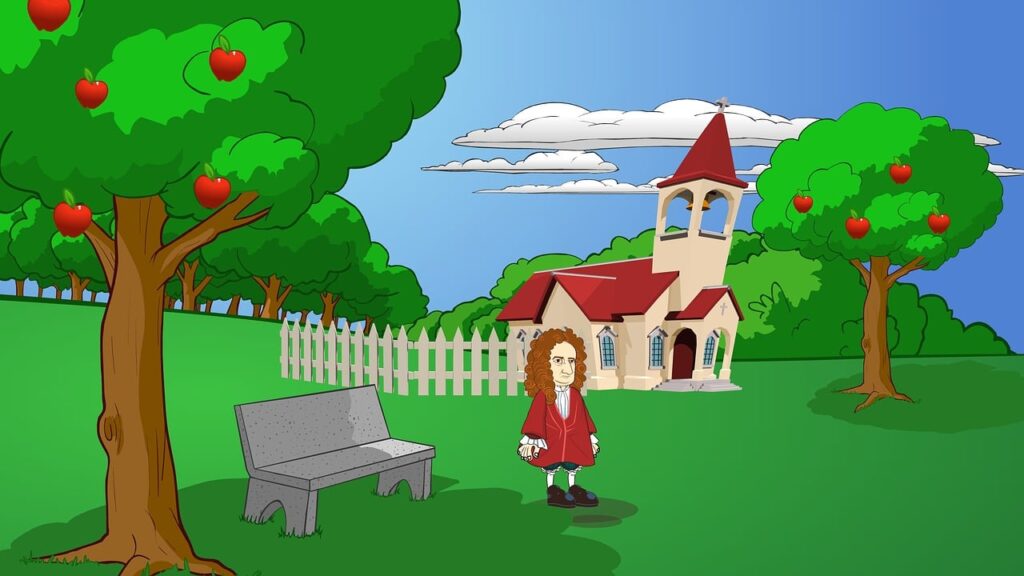SYLLABUS
Matter
Matter- its meaning and composition.
States of Matter
- Solids, Liquids and Gases.
- Characteristics of Solids, Liquids and Gases (Shape, texture and Volume).
- Distinguishing properties of Solids, Liquids and Gases
Physical Quantities and Measurement
Measurement of Length
- Concept of length as distance between two points.
- Measurement of length (ruler, measuring tape).
- Units (with symbol and full name).
Measurement of Mass
- Concept of Mass as matter contained in an object.
- Measurement of Mass (Beam Balance, Electronic Balance).
- Units (with symbol and full name).
Measurement of Time
- Concept of time and explanation in terms of hours, minutes and seconds.
- Measurement of Time (Clock, watch, stop watch).
- Units
Measurement of Temperature
- Temperature as a measure of degree of hotness or coldness of body.
- Measurement of temperature (clinical thermometer, laboratory thermometer).
- Normal temperature of a human body.
- Units (with symbol and full name).
Measurement of Area:
- Concept of area.
- Area of Regular shapes
Force
Force as a push or pull.
Effects of force on
- Mass (No effect)
- Speed
- Direction (rest and motion)
- Change in shape and size
- Using real world examples only.
Force of Friction
- Types – Rolling, Sliding and Static.
- Advantages and Disadvantages.
Energy
Simple Machines
- Basic Concept
- Mechanical Advantage
Types of Simple Machines
- Lever
- Wheel and axle
- Pulley
- Inclined plane
- Wedge
- Screw
Different Orders of Levers
Numericals
Light
Rectilinear Propagation of Light.
Applications of rectilinear propagation of light.
Pinhole camera
- Principle and Working
- Factors on which the size of the image produced depends
Shadows
- Umbra
- Penumbra
- Natural Shadows – Eclipses
Magnetism
- Magnetic and non-magnetic substances.
- Characteristics of a magnet.
- Properties of magnets.
- Magnetic field around a magnet.
- Earth’s magnetic field.
- Making of Magnets
- Permanent & temporary magnets and their uses
- Electromagnets and choice of material for the core of an electromagnet
- Care & storage of magnets
- Demagnetization by heating, hammering and electricity.

